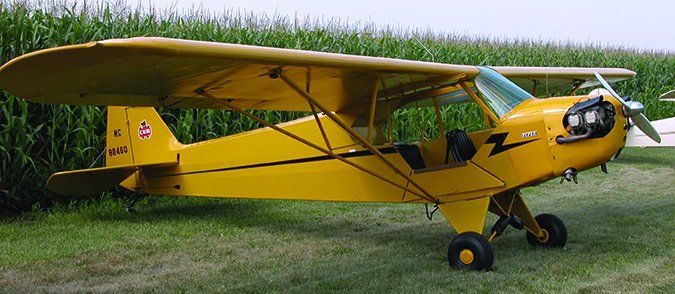As I write this, I’m looking at my Wright Brothers Master Pilot Award sitting near the window sill. It’s “the most prestigious award the FAA issues to pilots,” according to the agency, and eligibility for it requires a minimum of 50 years to elapse since a pilot’s first solo flight. I originally dismissed this award as an overblown creation of the FAA or, worse, an “old geezers” award for longevity. I finally decided it would be a great bookend for a lifetime of flying, or a beginning of the next chapter. For those of you out there with 50 continuous years of flying without accident, incident or violation—or if you know someone who meets the minimum requirements—you can find details of the award and how to apply on the FAA website.
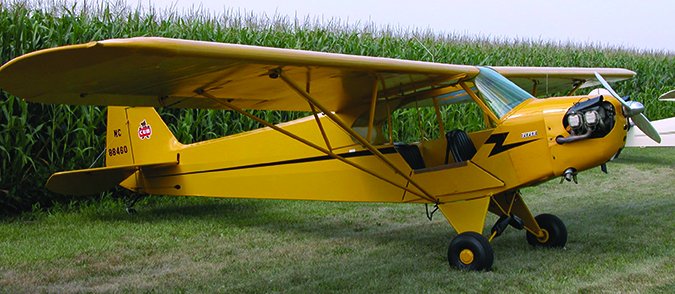
Of course, we all would like to think we’re expert airmen by the time we have 50 years of safe flying behind us. More likely than not, however, we got here in one piece for a variety of reasons. Yes, applying knowledge, skill and good risk management must have played a part, but maybe in all too many cases we arrived because fate was not the hunter on any particular day. Which calls into question the old maxim that there are no old, bold pilots.
A Brief History
I’ll try to keep the memoir to a minimum, but it’s relevant to this story so please bear with me. I soloed in a Piper J-3 Cub in September 1965, from a 1650-foot runway at Marlboro, Mass. Most of my instructors cut their teeth in the 1930s and had four- and five-digit certificate numbers. Their instructional style when all was going well was austere and there was no “spoon feeding.” You were expected to be prepared and already know the basics. For the most part they were just safety pilots.
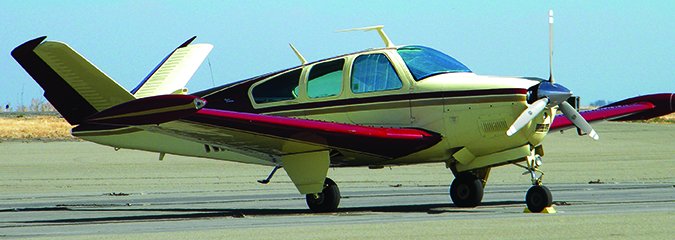
After earning my private certificate, I joined a flying club with a bunch of older local guys. In my senior year of college, a professor, two other students and I bought a Piper Colt, and I finished my commercial certificate in it. Soon, I was in the U.S. Air Force, but I couldn’t fly because of less-than-perfect vision. As a missile officer, I had a lot of time between alerts, so I bought a Cessna 120 and promptly started using it to travel all over the West. I also picked up all the other ratings on the GI Bill, back in the days when it paid 90 percent of everything.
After the Air Force, I worked my way through graduate school by instructing and flying charters, then took a government job. I acquired a 1975 Cessna 172 late in 1975 to use for frequent trips between my Boston home office and Washington, D.C. The sticker price was about two times my annual salary then. A new 172 today costs about 10 times the starting salary of someone in similar shoes. I based the 172 at Marlboro and lived across the street.
Ultimately, I spent 22 years working for the FAA and eventually retired as the head of the General Aviation and Commercial Division in the Flight Standards Service. Along the way, I sold the 172 and owned a Mooney 201 for nine years and then, until recently, a succession of two V-tail Beech Bonanzas.
As Safe As You Want
Why did I just tell you all that? Mainly to demonstrate that, for me, the ultimate purpose of a general aviation airplane was transportation, pure and simple. I eventually progressed to the point where the Mooney or the Bonanza were satisfying 90 percent or more of my business and personal transportation needs. I found that a 160-170 knot airplane could beat the airlines on trips halfway across the country. More importantly, I could tailor my schedule to gain even more flexibility and efficiency.
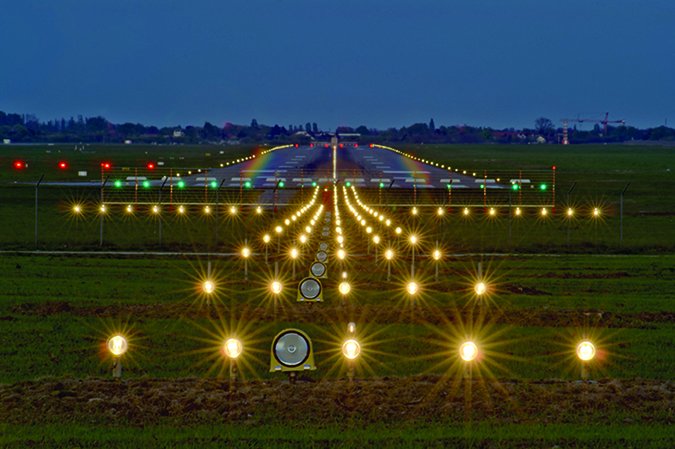
Like most of the pilots flying today, I had absolutely no schooling in risk management and only the barest suggestion from my first instructor that it might be important. On my very first lesson in 1964, as I started to practice a turn, he wiggled the stick and leveled off. He turned to look back at me and shouted: “You forgot to look before turning! Remember, this business is as safe as you want to make it.” Those words have stuck with me for 52 years.
As I progressively increased my use of the Mooney and Bonanzas, the process of safely using the airplanes for virtually all of my domestic transportation followed a more organized safety management process. Cutting to the chase, in the 52 years I have been flying I have not had an accident, incident or serious occurrence where the outcome of the flight was in doubt. I also accomplished my transportation objectives more than 95 percent of the time. I’m no superman and only an average stick, so what are my secrets? Pilots will all approach this differently, but I believe the factors highlighted in the sidebar on page 5 were most responsible for this record.
The Lessons
What if I had not approached the last 52 years of flying with planning, caution, flexibility, appropriate technology use and discipline? It’s quite possible I could have become another statistic in general aviation’s battle to reduce fatal accidents. Unfortunately, all too many pilots have not exhibited these traits, nor have they compensated by obtaining risk management training and using those procedures.
You’re probably faster on the draw than I was and you don’t have to spend 52 years learning how to become an effective risk manager. In addition to the suggestions in the sidebars on the opposite page and above, consider taking the following steps now to improve both the safety and utility of your flight operations.
Seek guidance: For your next flight review, seek out an instructor who has expertise in teaching risk management and request a scenario-based session. Such an individual may be hard to find now, but instructors will soon have to become savvy in teaching to the new airman certification standards (ACS) replacing the practical test standards (PTS). The ACS, unlike the PTS, requires specific risk management proficiency. The private pilot and instrument rating ACS documents became effective on June 15, 2016, and more will follow for other ratings and certificates.
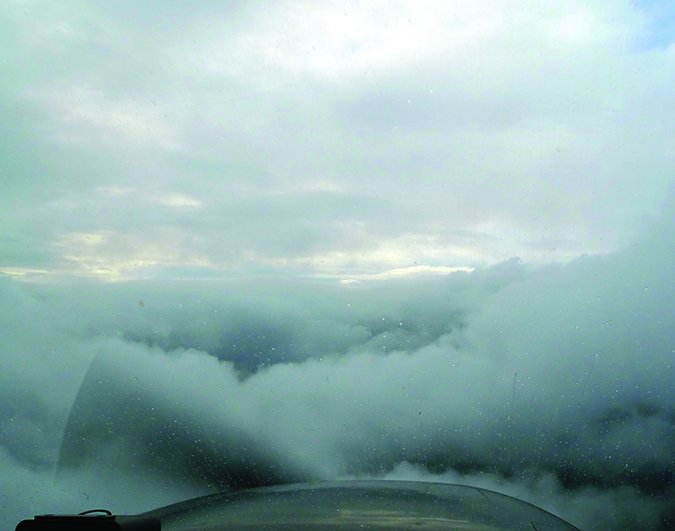
Take a course: Rather than waiting for your next flight review, take some risk management training now. There are online courses available now either from commercial providers or the FAA (also at www.faasafety.gov). In my opinion, related training can run the gamut from poor to excellent, but almost any additional training is good training for the typical GA pilot. Ideally, training should include fully exploring single-pilot resource management (SRM) skills, including risk management, automation management, task and workload management, and maintaining situational awareness.
Practice risk management on all flights: Put your newly acquired guidance and training to work right away. You may want to consider using a flight risk assessment tool (FRAT) to help this process. However, a numerical “score-based” FRAT should be used with caution. Even a flight with a low score may still harbor an unacceptable risk. Make sure you identify, assess and mitigate all unacceptable risks before departure and while in flight.
Something to Aim For
Not all pilots will be eligible for a Wright Brothers Award, whether by dint of having started their flying career at a later age or becoming involved in an accident or enforcement episode. I’m definitely fortunate in that and many other regards, but a wrong decision, a bad cylinder, misreading a forecast and any number of other events could have conspired against me.
Regardless, the award is something to aim for, if for no other reason than bragging rights. It obviously can take a lifetime to achieve, but that’s a risk you’ll have to manage on your own.
Robert Wright is a former FAA executive and President of Wright Aviation Solutions, LLC. He is also a 9600-hour ATP with four jet type ratings and holds a flight instructor certificate. His opinions in this article do not necessarily represent those of clients or other organizations that he represents.

